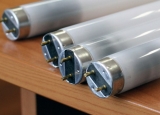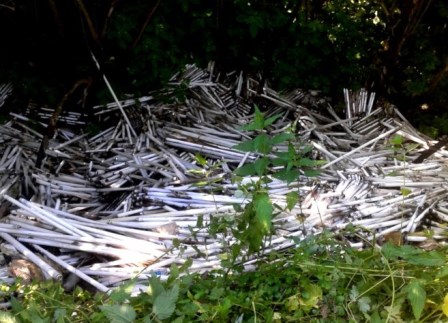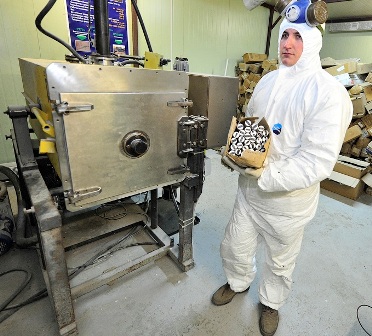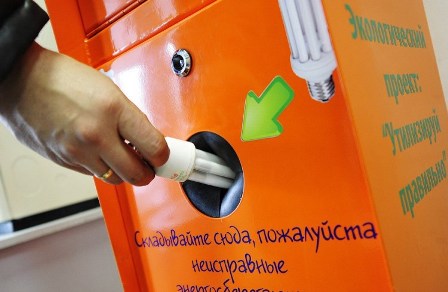Storage and disposal of fluorescent lamps
 Fluorescent lamps are very widely used today, and if earlier this only applied to shopping centers, various enterprises and offices, then with the withdrawal from the sale of powerful incandescent lamps in order to increase energy saving, fluorescent lamps have become popular in everyday life. This is not surprising as LED solutions are quite expensive as an alternative and CFLs (compact fluorescent lamps) are relatively affordable and pay for themselves in a few months, plus high quality CFLs are very durable.
Fluorescent lamps are very widely used today, and if earlier this only applied to shopping centers, various enterprises and offices, then with the withdrawal from the sale of powerful incandescent lamps in order to increase energy saving, fluorescent lamps have become popular in everyday life. This is not surprising as LED solutions are quite expensive as an alternative and CFLs (compact fluorescent lamps) are relatively affordable and pay for themselves in a few months, plus high quality CFLs are very durable.
And everything would look good, if not for one nuance - such lamps contain mercury vapor, which is a dangerous poison (first degree of danger), and therefore it is necessary not only to be careful when handling them, but also to dispose of defective lamps in a special way.
It is unacceptable to throw energy-saving lamps into the garbage can or the garbage can, as is usually done with any other waste! This with a lamp containing mercury will lead to environmentally dangerous pollution of the environment, since all fluorescent lamps contain from 1 to 70 mg of mercury, and energy-saving lamps common in everyday life - from 3 to 5 mg.
If you break such a lamp, mercury vapor will be released, which can cause severe poisoning in humans, in addition, mercury tends to accumulate in the body with repeated contact of a person with its vapors, as a result of which the nervous system and internal organs are affected . For this reason, fluorescent lamps should not be disposed of with normal waste.

Since September 18, 2010, on the territory of Russia, the Government of the Russian Federation has decreed No. 681 "On approval of the rules for processing waste from production and consumption in relation to lighting devices, electric lamps, improper collection, accumulation, use, disposal, transportation and the placement of which can harm the life and health of citizens, harm animals, plants and the environment. »
According to this document, specialized organizations ensure the collection of used fluorescent lamps from consumers, and the organization of collection is undertaken by local authorities, which must inform both legal entities and individual entrepreneurs and individuals about the lamp collection procedure.
For the accumulation of lamps by legal entities, the use of special containers is mandatory and must be separated from other waste.The transport of used lamps to the collection point is carried out in a sealed container, on a special transport for dangerous goods. Collection and transport areas should be equipped with gas detectors for mercury vapor and provided with personal protective equipment for the respiratory system. The procedure for placing and disposing of collected lamps in special organizations is also strictly regulated in this document.

If the user has an emergency, for example, a fluorescent lamp breaks, then according to this document, people should leave the room and call a specialized organization to carry out a set of measures to decontaminate the room.
For legal entities, a demercurization kit is provided, containing preparations and materials for self-destruction of local mercury contamination. In any case, on the Greenpeace website you can easily find a company that accepts fluorescent lamps for recycling in your area.

Despite the adopted resolution, in some cities, unlike big cities, the acceptance of recycling lamps is not fully organized and, if necessary, people are advised to contact the same regional REU (repair and maintenance department) or DEZ (Directorate of one customer ), where there must be special containers for the disposal of fluorescent lamps... In any case, there you can get information on how to deal with an expired fluorescent lamp and it will no longer cause environmental pollution.
